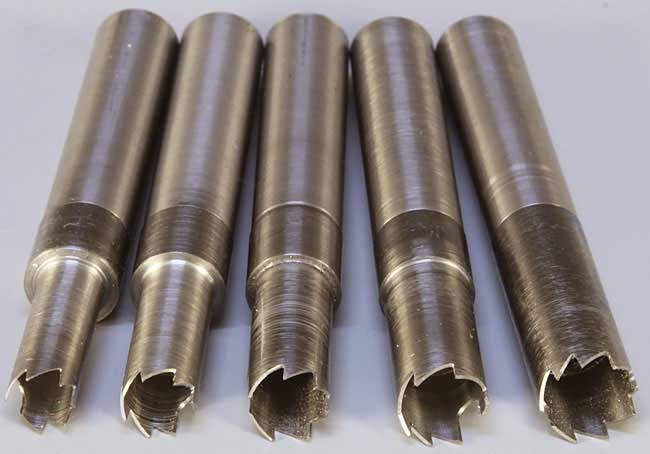retiredDon
Cadet
- Joined
- Sep 5, 2012
- Messages
- 14
1998 Wellcraft Coastal both trim tabs have broken screws on them. On the port side which is completely off we have 6 screw holes. 3 screws are out and 3 are broken off just under the fiberglass where you cannot see of get a grip on them.
2 part question. 1. what is the best way to remove these screws. I cannot get to them on the inside of the boat to drill them out and add a thru hull nut and bolt. If I make the hole a little bigger to try and dig in with needle nose can I repair it strong enough to replace my trim tabs? Or do I fill each of the bad holes put the plate back on with the 2 good screws and drill new holes in the steal plate into the transom?
2. I notice on the port side one of the screw holes goes completely into the bilge. Would marine tex work to stop that leak?
Any advice appreciated as my short season is getting shorter with the boat on land.
Thanks
Don
2 part question. 1. what is the best way to remove these screws. I cannot get to them on the inside of the boat to drill them out and add a thru hull nut and bolt. If I make the hole a little bigger to try and dig in with needle nose can I repair it strong enough to replace my trim tabs? Or do I fill each of the bad holes put the plate back on with the 2 good screws and drill new holes in the steal plate into the transom?
2. I notice on the port side one of the screw holes goes completely into the bilge. Would marine tex work to stop that leak?
Any advice appreciated as my short season is getting shorter with the boat on land.
Thanks
Don





















